[ad_1]
Too often after we take note of learn how to affix science and literacy, we think about using literature to assist science. Presumably it’s finding out a fictional e book with a science theme, or exploring a biography of a well known scientist.
Nonetheless we could in its place flip that spherical and use science experiments as a fashion of bringing literature to life. Or we could use literature as a strategy to find among the many questions on design and ethics that come up throughout the work of science.
As educators in Chicago, we seen that regardless of the setting, many faculty college students weren’t obsessed with science. They seen it as particulars and rote memorization. In every our classwork and our outside workshops, we needed to create additional important connections to the sciences, and incorporating literature allowed faculty college students to work together in any other case.
The tales abruptly turned one factor faculty college students may even see, actually really feel, and experience. They could see science as being ingenious. Exhibiting faculty college students how scientific concepts join with points that they’re obsessed with lets them understand confidence in science. It moreover challenges them to maneuver previous the usual expectations of science classwork to alter into additional open-minded and assume creatively.
How We’ve Achieved It
Using science as a assist to work together faculty college students with tough texts: Beowulf is a standard story filled with monsters, a venomous fire-breathing dragon, undersea scrimmages, and battle descriptions along with torn limbs and bloody, severed heads—like your elementary on-line sport.
However numerous the highschool faculty college students we’ve labored with had been completely turned off on account of they found the language too powerful. Even when attempting a variety of drawing and role-playing actions, it was nonetheless laborious to get all of our faculty college students to completely engage.
So we created a group of science lessons to make the story additional tangible. In a single lesson, faculty college students are challenged to create their very personal 3D model of Grendel, Grendel’s mother, or the dragon. They’ve to assist their ideas by citing proof from the textual content material, and make and make clear inferences the place explicit descriptions often usually are not accessible. Faculty college students create paper robots, and examine the science behind circuitry by using LEDs to make their monsters gentle up. Battery-powered motors make the robots switch.
Taking the lesson further, faculty college students can develop an space the place they prepare their transferring monsters to “battle” a Beowulf character. We discuss concerning the probability of the outcomes, and discuss behavioral and bodily traits of predators that occur in nature: What variations assist predators to beat their prey? Which of these variations would wish to occur in a monster to make sure that it to defeat Beowulf?
Faculty college students purchase a deeper sense of the literature by keen about alternate eventualities paying homage to: What if Beowulf had misplaced to Grendel? What would it not not suggest to our sense of the poem if Beowulf did not kill the dragon?
The teachings moreover incorporate chemistry, anatomy, and physiology to deepen inquiry and connections. We “myth-bust” to see if these events and monsters may very well exist. What’s a venomous dragon, and what toxins would the dragon secrete that will make it venomous? What would a fire-breathing dragon’s weight reduction plan embody to permit it to breathe fireside? What would truly happen if an arm was torn off in battle?
Using literature to help faculty college students understand the idea of obligation in science: We come throughout the idea of using the story of Frankenstein to help make a most likely dry science unit on circuits additional taking part. With faculty college students from the mid-elementary grades and up, we don’t be taught the novel nonetheless in its place work with quotes from it to broaden on what they know regarding the character, create deeper discussions, and incorporate finding out comprehension experience.
We use Frankenstein’s monster to connect faculty college students to ideas of design and ethics in science. We role-play as our private Dr. Frankenstein, accumulating a group of issues to cobble collectively to assemble our private distinctive creatures. We discover out about motors and circuitry to hold our mini-robots to life.
After going by means of the strategy as creators, faculty college students replicate on how quite a lot of their course of was spent on bringing their creature to life vs. considering the design and efficiency of their creature. This idea reconnects us to a deeper theme throughout the story—on account of the creature Dr. Frankenstein created is so ugly, people assume it’s evil. The creature seems at Frankenstein and says, “Accursed creator! Why did you kind a monster so hideous that even you turned from me in disgust?”
Since people anticipate it to behave like a monster, the creature lastly turns into one.
Faculty college students are then challenged to ponder these questions:
What We’ve Seen After These Courses
These lessons draw throughout the faculty college students who don’t see themselves as scientists—they arrive to see that creativity is likely to be a part of science. They often assemble confidence as they discover that science is broad—not solely a singular subject. The lessons downside the science-minded faculty college students to broaden and assume additional creatively. They often’ve drawn many faculty college students in direction of neutral finding out and inquiry.
[ad_2]
Provide hyperlink


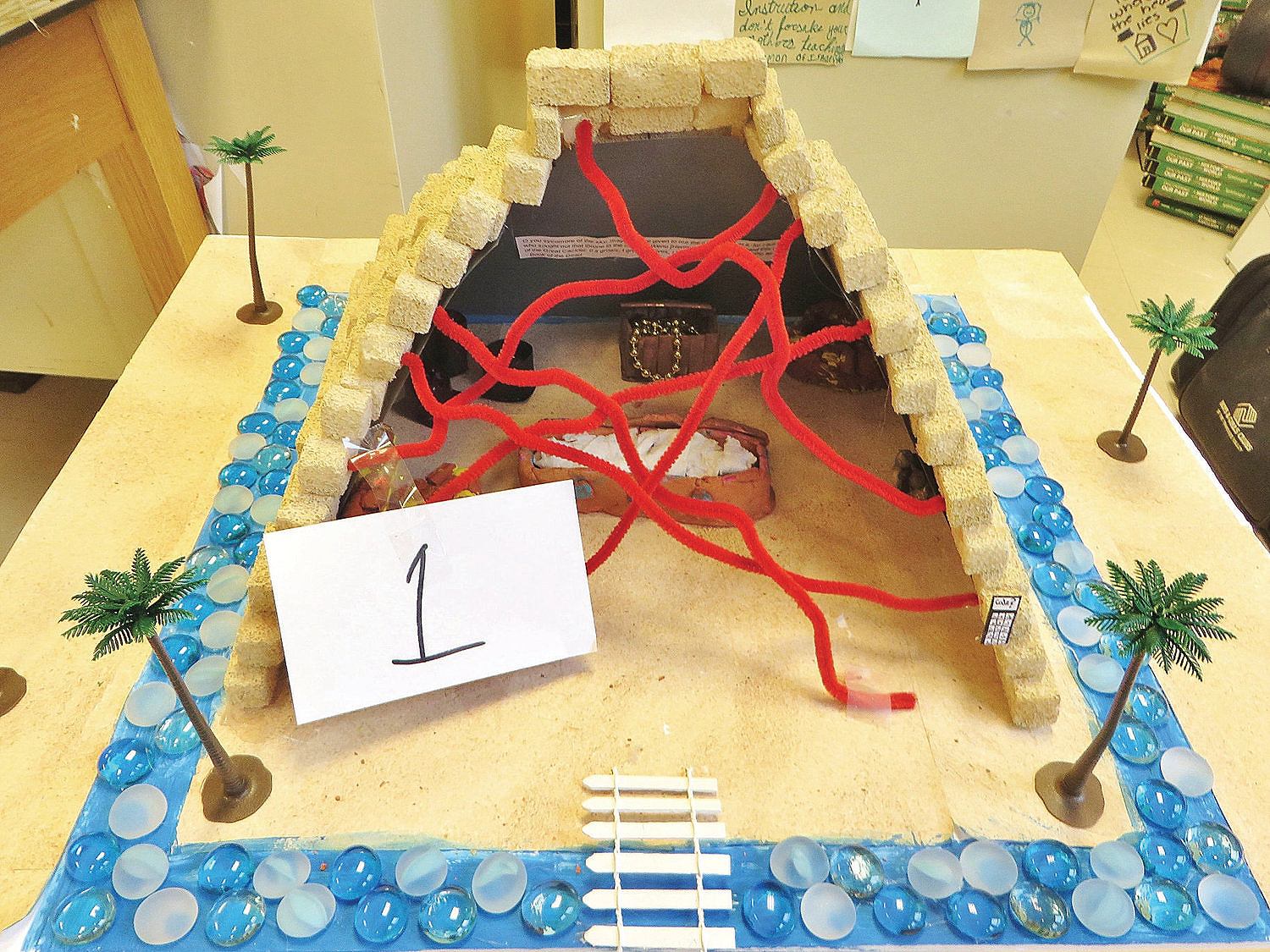
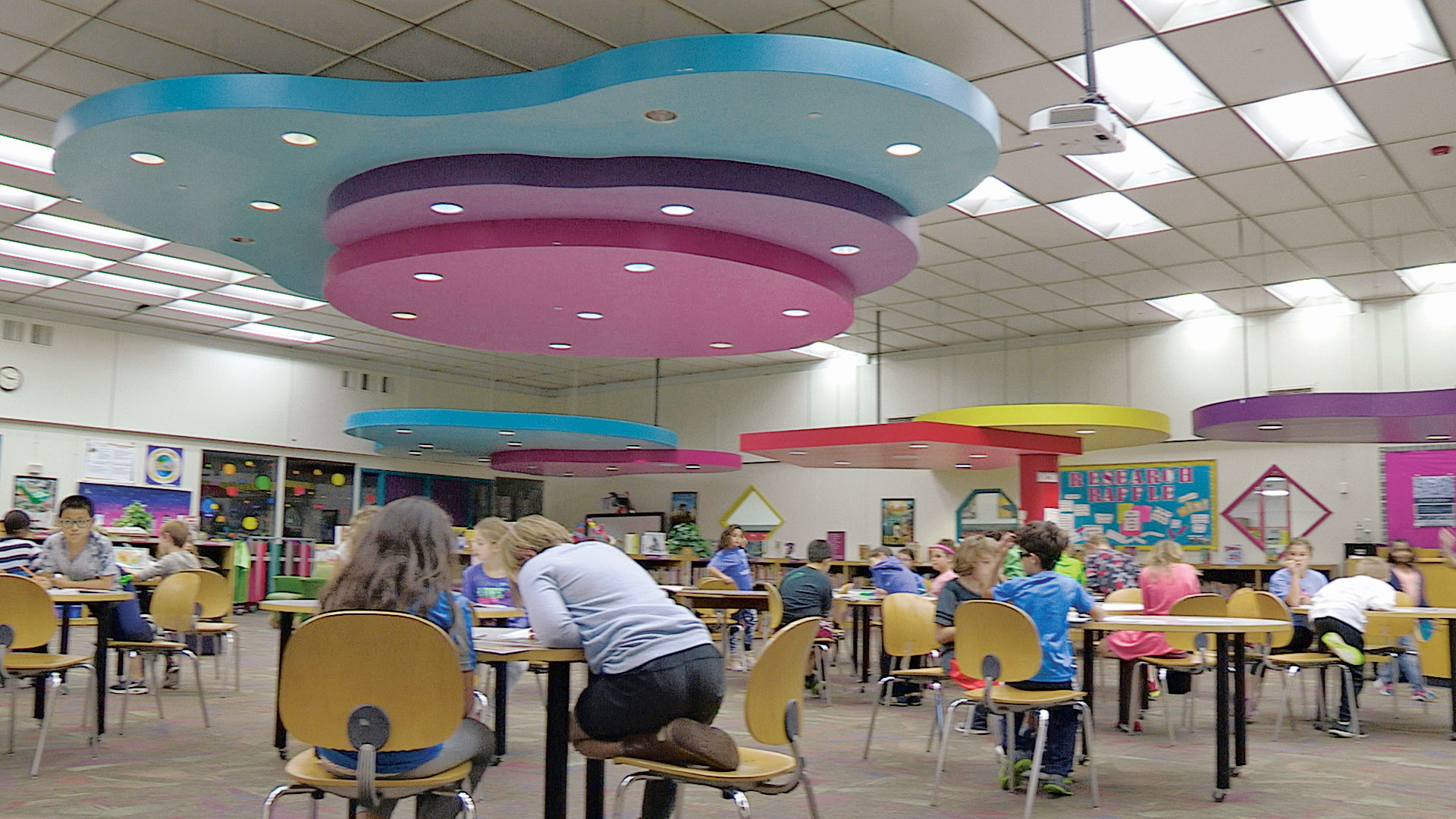
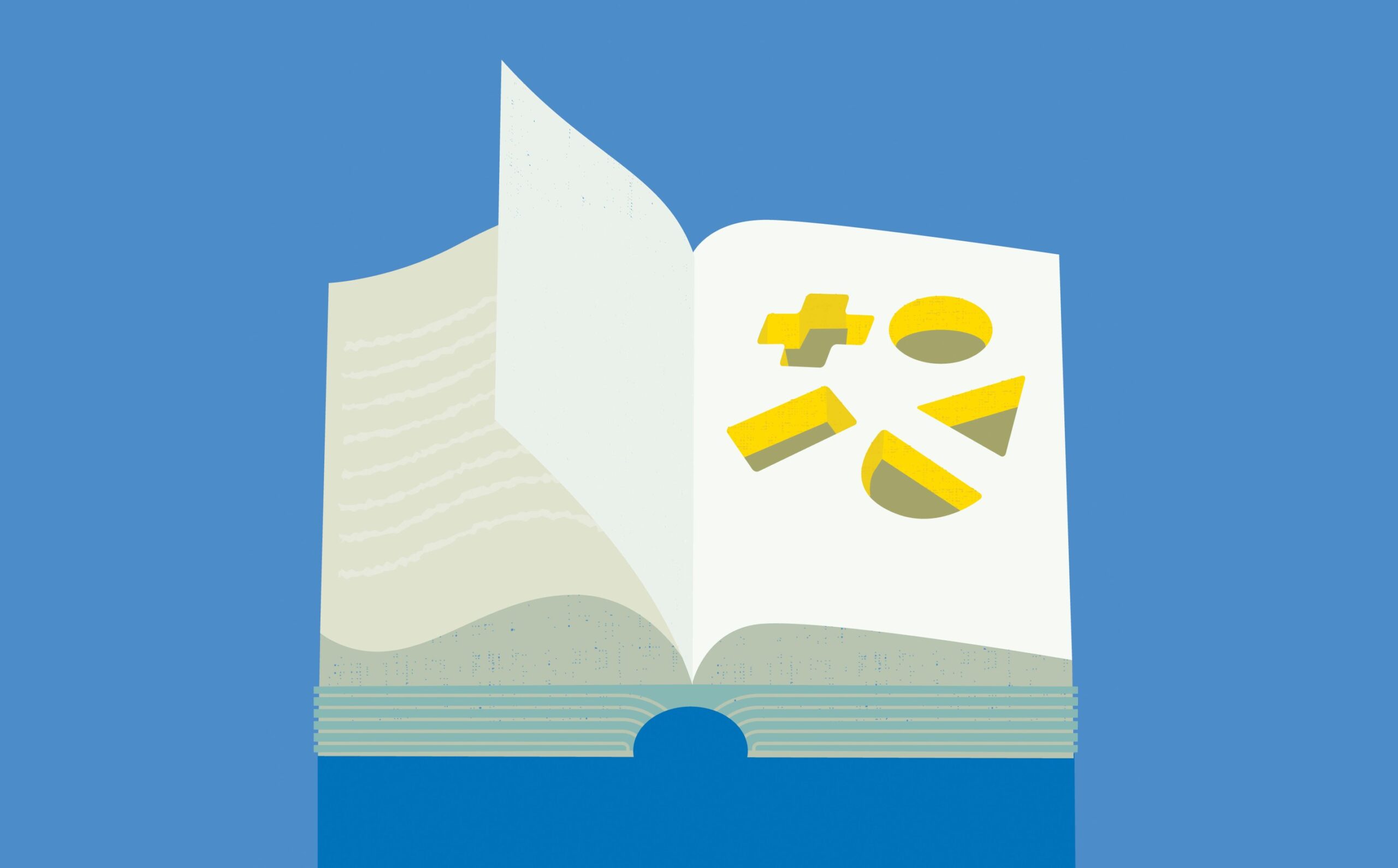


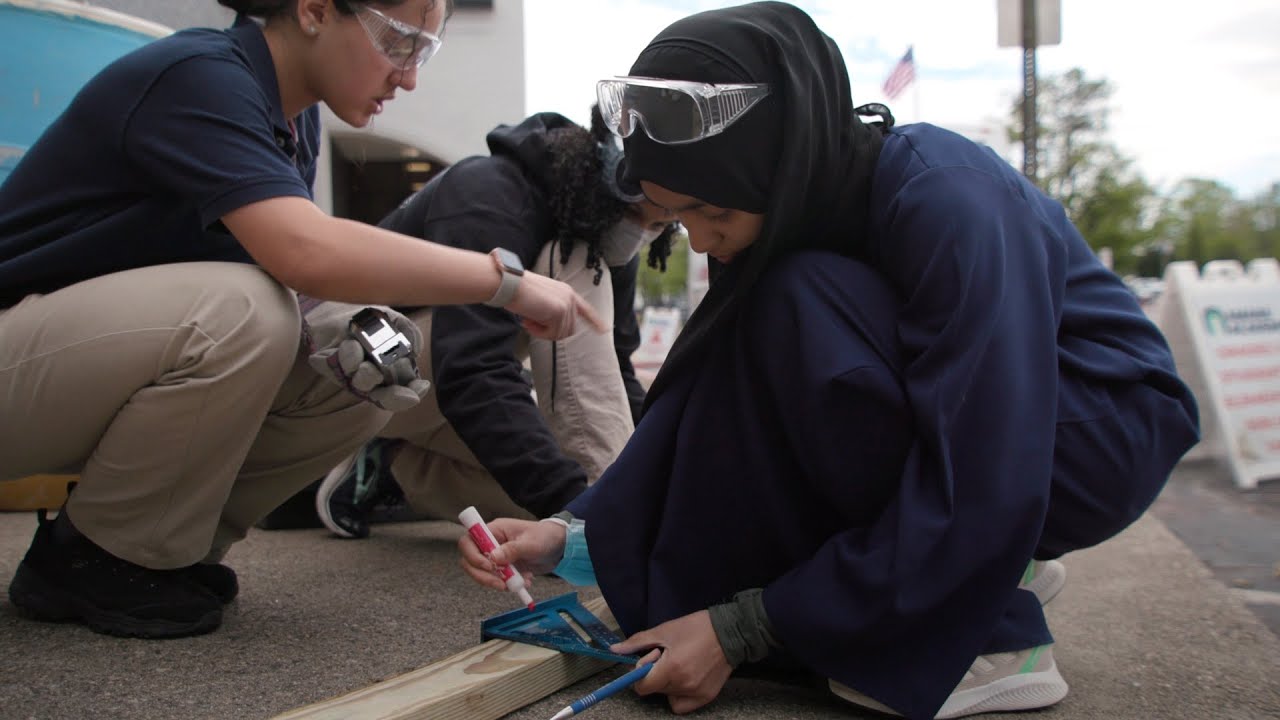

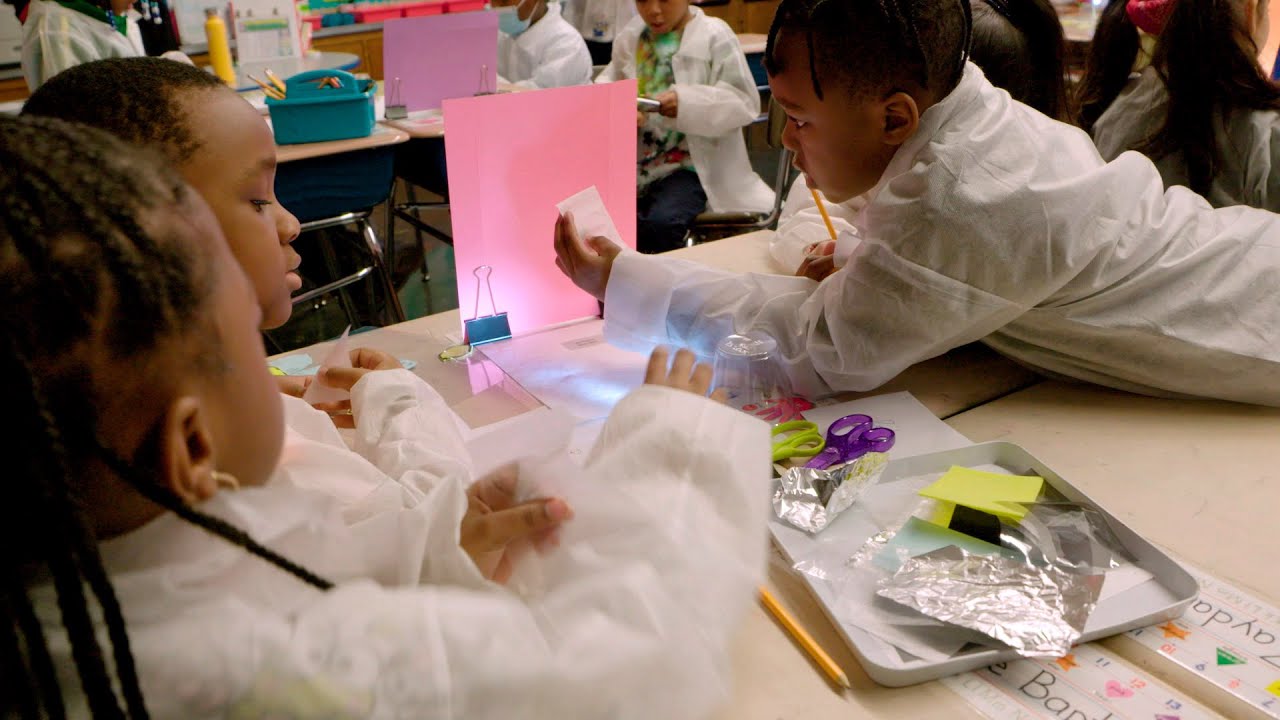




Leave a Reply